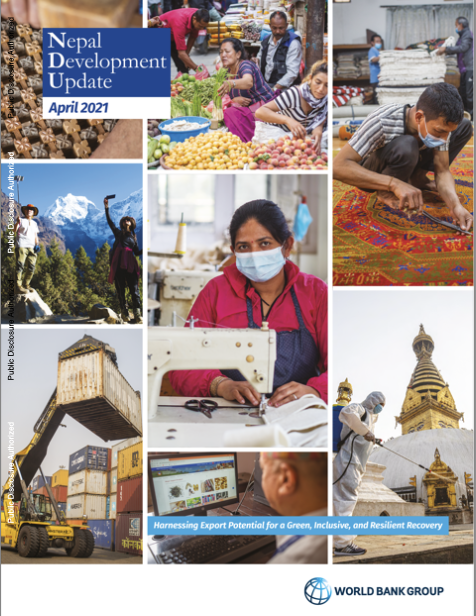This report presents the results of a scoping study conducted between April and June 2022 in Nepal as part of the CGIAR NEXUS Gains Initiative. The study aims to inform and offer a baseline for the development of a water - energy - food - environment (WEFE) nexus capacity strengthening strategy…
CGIAR’s NEXUS Gains Initiative aims to realize gains across water, energy, food, and ecosystems (with a focus on forests and biodiversity) in selected transboundary river basins by leading global nexus thinking and providing tools, guidelines, training and facilitation for analysis, and…
With economic development agricultural systems in the Global South transform from subsistence farming to higher productivity with market integration and increase in rural income and food security. In Nepal, agriculture continues to provide livelihoods for two-thirds of the predominantly rural…
Zinc deficiency affects one third of the population worldwide, and vitamin A deficiency is a prevalent public health issue in Sub-Saharan Africa and South-Asia, including Nepal. Crop biofortification is the sustainable solution to these health—related problems, thus we conducted two different…
Within Nepal, water, energy, food, and ecosystems (WEFE) are vital resources not merely for the current generation, but also for future ones, especially to satisfy the demands of a growing population and to respond to socio-economic changes. The WEFE nexus approach realizes that the management…
After the political change in Nepal of 1951, leapfrog land policy improvements have been recorded, however, the land reform initiatives have been short of full success. Despite a land administration system based on cadaster and land registries in place, 25% of the arable land with an estimated…
Land Use and Climate change are interrelated to each other. This change influences one another at various temporal and spatial scales; however, improper land uses are the primary causal factor on climate change. It studies relevant literature and Nepal’s case to assess the relationship between…
The Nepal Development Update is produced annually with two main aims: to report on key economic developments over the preceding months, placing them in a longer term and global perspective; and to examine (in the Special Focus section) topics of particular policy significance. The Update is…
Land use and land cover (LULC) changes are regarded as one of the key drivers of ecosystem services degradation, especially in mountain regions where they may provide various ecosystem services to local livelihoods and surrounding areas. Additionally, ecosystems and habitats extend across…
Gandaki Province is centrally located in Nepal with most of its area being hills and high hills (64%). There are 11 districts in Gandaki Province with one metropolitan city, namely, Pokhara; 26 municipalities and 58 rural municipalities. Gandaki Province contributes about 9% to the GDP of the…





